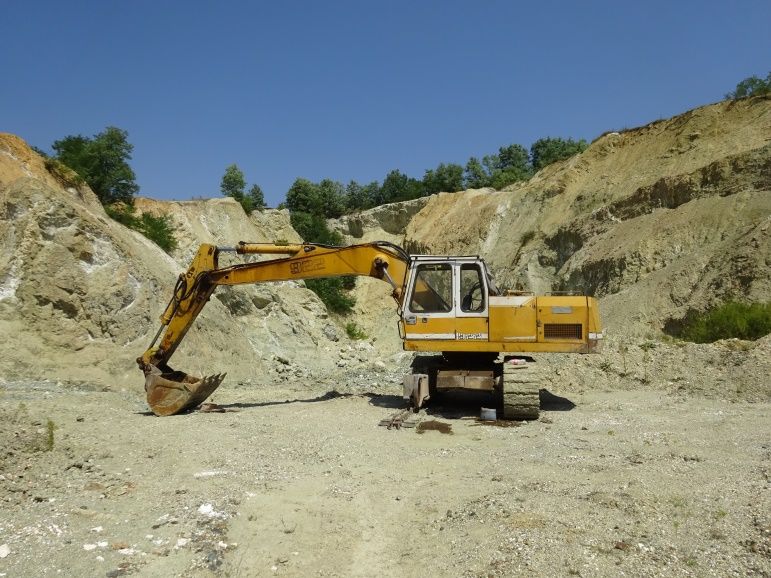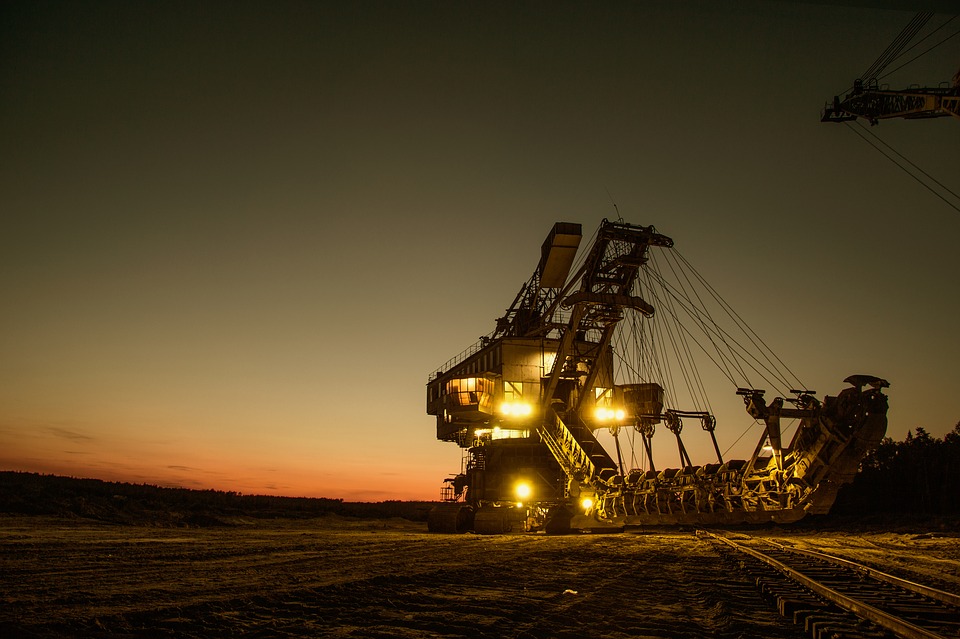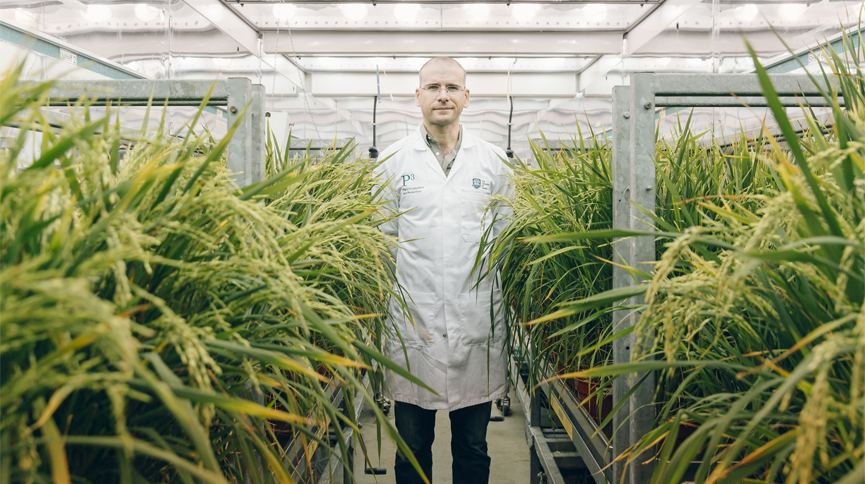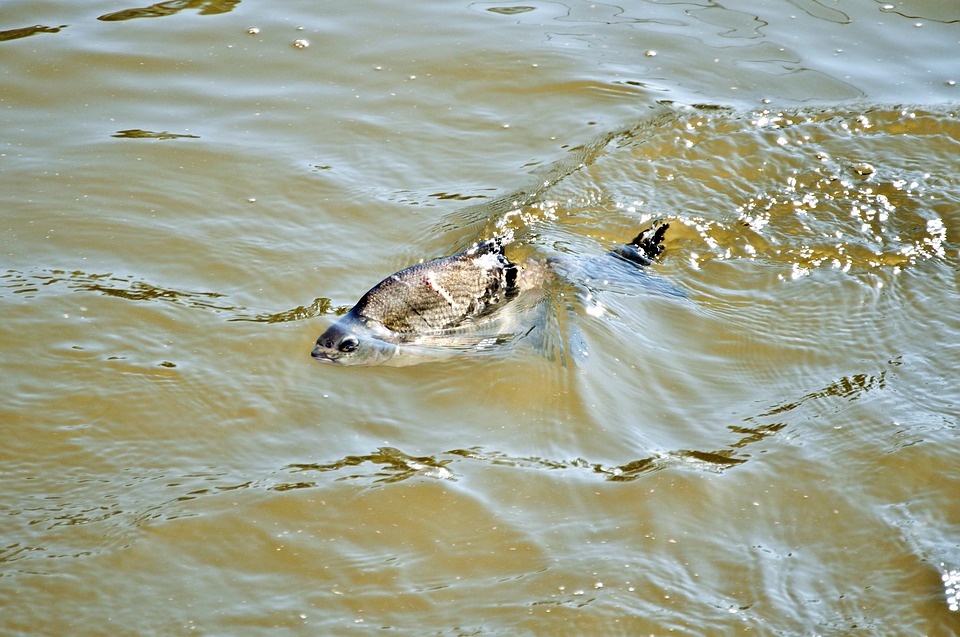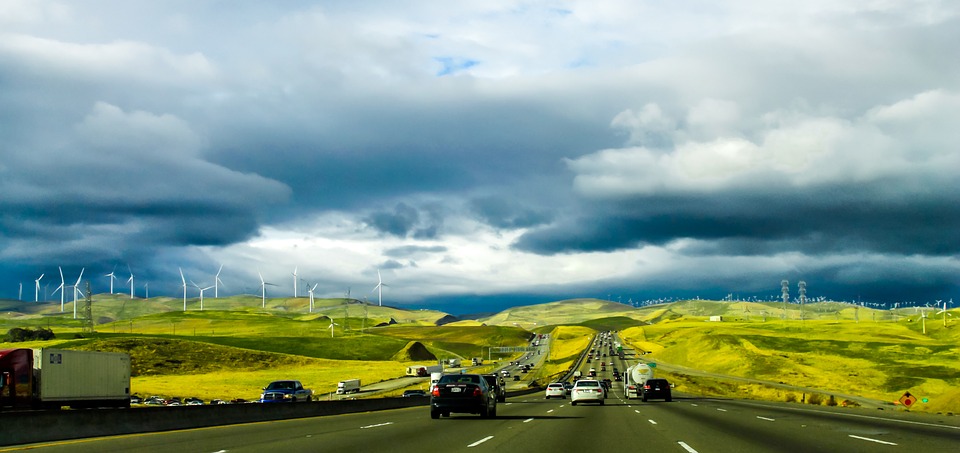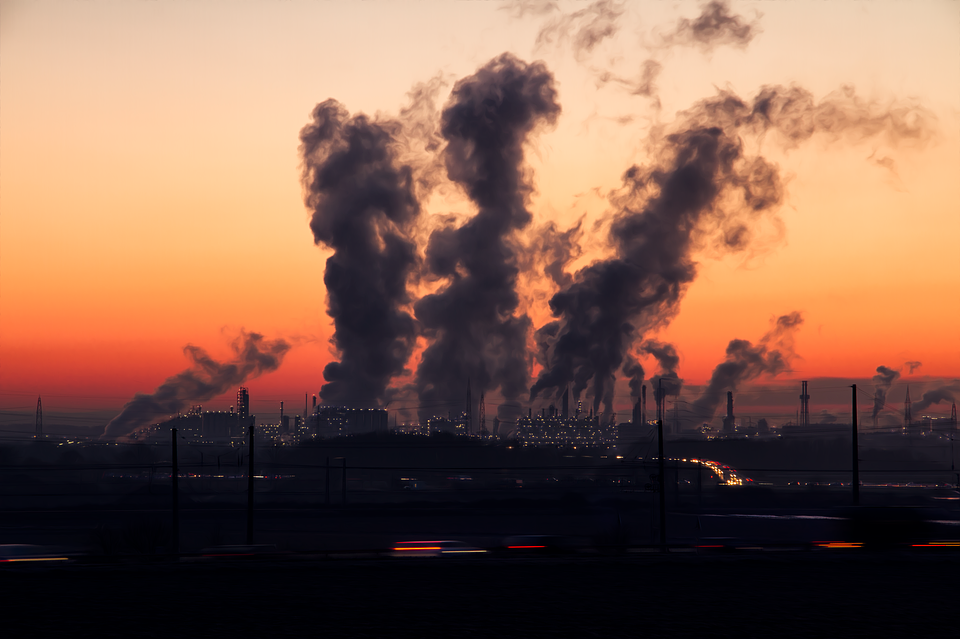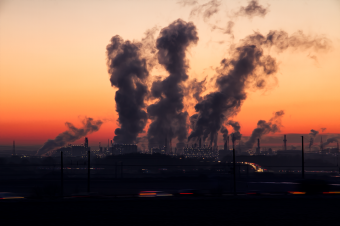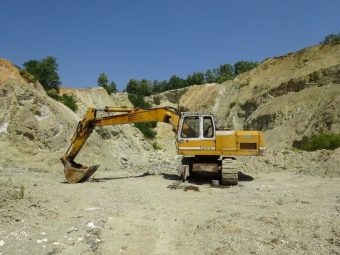
A total of 250 abandoned mining waste sites in the Republic of Serbia were monitored as part of the project Cadastre of Mining Waste of the Republic of Serbia, carried out by the Ministry of Mining and Energy in co‐operation with the EU Delegation in Serbia and implemented by the German companies Plejades GmbH Independent Experts and DMT in cooperation with local partner Institute of Mining and Metallurgy Bor.
A total of 41 locations are selected for further investigation in the next phase of the project.
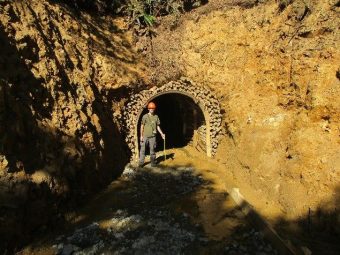
The data obtained will be presented in the Cadastre of Mining Waste data base, which is to be created in Serbia for the first time. The goal of the project is harmonization with the EU legislation and to develop and improve the mining waste management system in the Republic of Serbia.
In the next phase of the project, the project will investigate and analyse 41 mining waste sites in detail. These sites were selected as to assess their potential serious impact on the environment and human beings. The selected sites are in the following municipalities: Čajetina (4), Nova Varoš (2), Raška (7), Krupanj, Loznica, Prijepolje, Knjaževac, Zaječar (2), Crna Trava, Surdulica, Majdanpek (3), Voždovac, Kučevo, Aleksinac (2), Mali Zvornik, Kragujevac grad, Boljevac, Zaječar, Brus, Ljubovija (3), Žagubica‐Bor i Dimitrovgrad.

The amount of waste in the selected sites accounts for 90% of the entire mining waste on all the visited abandoned mining waste sites (250 locations in total). Results from investigation of these 41 locations will be presented in a report containing detailed data for each site ‐ including site description, results from chemical and geotechnical analyses and an assessment of the impact on the environment (in particular, the effects mining waste has on the quality of groundwater and surface water and soil) and possible effects on human health.


